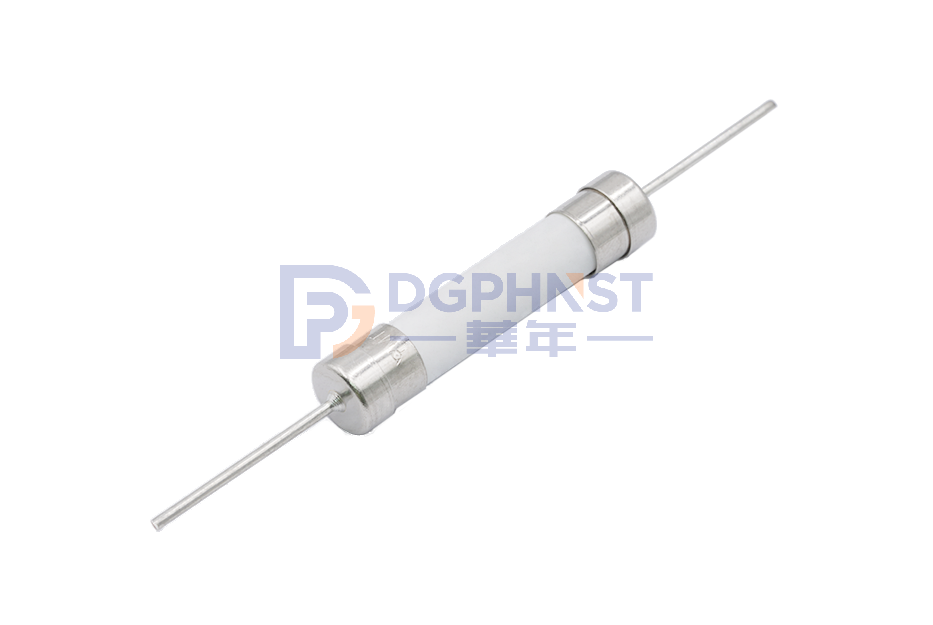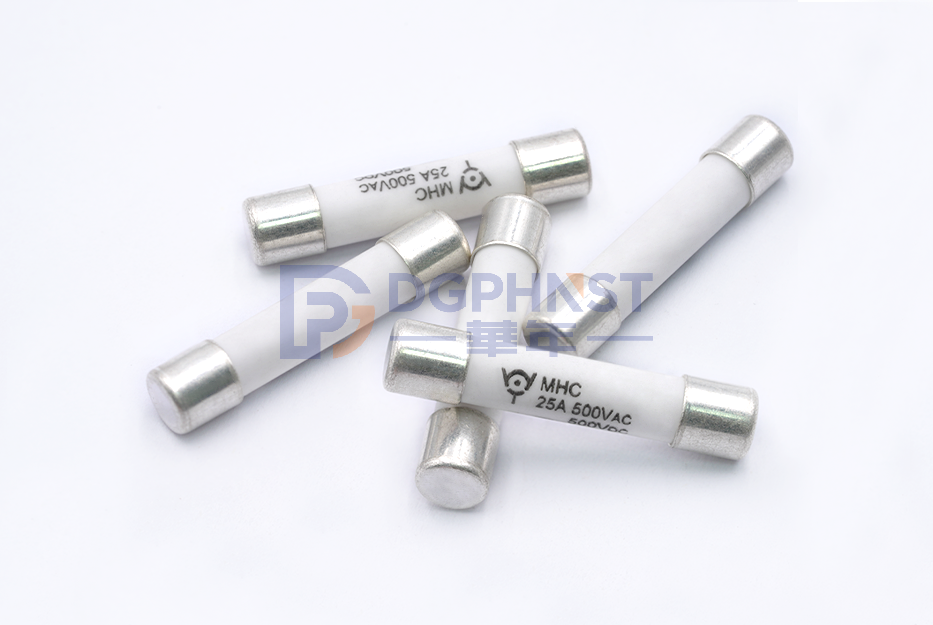Fuse as a circuit protection element, its main function is to cut off the circuit through its own fusing when overload or short circuit occurs in the circuit to protect the circuit and equipment from overcurrent damage. The fusing speed of the fuse is related to its material, structure and the passing current. Next, we will delve into the fuse speed and its influencing factors.
Material and structure
Fuses are usually made of fusible metals, such as lead, tin, etc., which have a low melting point and facilitate rapid melting during overcurrent. The structural design of the fuse, such as the design of the fuse body and fuse tube, also has a significant impact on its fusing speed. The fuse is usually filled with a substance such as quartz sand to limit the burning range of the arc and assist in extinguishing the arc.
Current magnitude
The size of the current directly affects the speed of fuses. When the current exceeds the rated current of the fuse, the temperature of the fuse will rise, and it will melt to a certain extent. The higher the current, the faster the fusing speed. This is because according to Joule's law, the heat generated is proportional to the square of the current, so the current increases and the fusing speed increases.
Heat dissipation condition
The heat dissipation condition of the fuse will also affect its fusing speed. Good heat dissipation can reduce the temperature of the fuse and extend its fusing time. However, if the heat dissipation is poor, the temperature of the fuse rises faster, and the fuse speed will also be accelerated.
Ambient temperature
The ambient temperature also affects the speed of fuses. At high temperatures, the fuse is more likely to reach the melting point, thus accelerating the fusing process.
Fuse type
Different types of fuses have different blowing characteristics. For example, a fast fuse is suitable for situations where a circuit needs to be cut quickly, while a slow fuse is suitable for situations where an overload current can be tolerated for a certain period of time.
The fusing speed depends on many factors, including material, structural design, current size, heat dissipation conditions and ambient temperature. The correct selection of the type and specification of the fuse ensures that it performs the protection function quickly and reliably in the event of an anomaly in the circuit. When designing and maintaining the circuit, the characteristics and application scenarios of the fuse should be fully considered to ensure the safe operation of the circuit and equipment.


